Home>Home Appliances>Laundry Appliances>What Does Ie Mean On Washing Machine
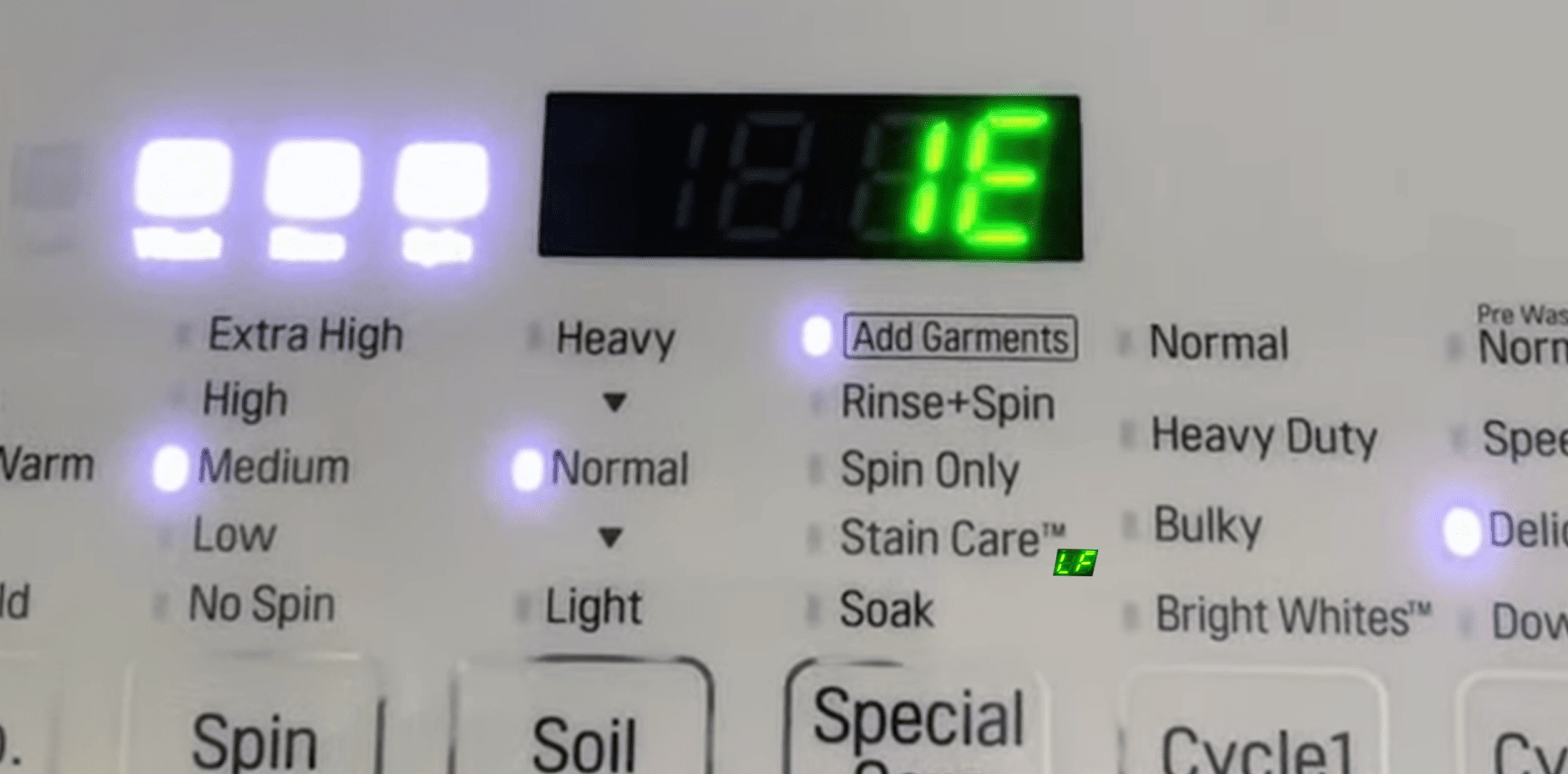

Laundry Appliances
What Does Ie Mean On Washing Machine
Published: February 22, 2024
Discover the meaning of "IE" on your washing machine and how it affects your laundry appliances. Learn how to troubleshoot and resolve the issue effectively.
(Many of the links in this article redirect to a specific reviewed product. Your purchase of these products through affiliate links helps to generate commission for Storables.com, at no extra cost. Learn more)
Understanding the "IE" Code
When it comes to laundry appliances, encountering error codes can be a frustrating experience. One such code that may appear on your washing machine's display is "IE." Understanding the meaning of this code is crucial for effectively addressing the underlying issue.
The "IE" code on a washing machine typically indicates a problem related to water inlet or water supply. In essence, the code signifies that the appliance is not receiving an adequate amount of water to carry out the washing cycle. This can lead to incomplete or ineffective cleaning of the laundry load.
In most cases, modern washing machines are equipped with sensors that monitor the water level during the wash cycle. When the sensors detect that the water level is insufficient to proceed with the cycle, the "IE" code is triggered and displayed on the control panel. This serves as an alert for the user to take necessary action to resolve the issue.
Understanding the significance of the "IE" code empowers users to take appropriate steps to rectify the problem. By delving into the common causes of this error, individuals can gain valuable insights into the potential issues affecting their washing machine's water supply system.
Key Takeaways:
- “IE” code means your washing machine lacks water. Check for low water pressure, clogged filters, twisted hoses, faulty valve, or supply line issues. Troubleshoot or seek professional help to fix it.
- Prevent “IE” code by maintaining filters, installing hoses properly, monitoring water pressure, and addressing valve or supply line issues promptly. Regular inspections and repairs can keep your washing machine running smoothly.
Read more: What Does Ie Mean On My LG Washer
Common Causes of the "IE" Code
The appearance of the "IE" code on a washing machine often points to specific issues within the water inlet and supply system. Understanding the common causes behind this error code is essential for effectively troubleshooting the problem. Here are the typical factors that can lead to the "IE" code:
-
Low Water Pressure: In some instances, the "IE" code may be triggered due to insufficient water pressure reaching the washing machine. This can occur if the water supply from the main source is weak or if there are restrictions in the water lines. Low water pressure hinders the machine's ability to fill up adequately, prompting the display of the error code.
-
Clogged Inlet Filters: Over time, the inlet filters in the washing machine can become clogged with debris, sediment, or mineral deposits present in the water supply. When these filters are obstructed, the flow of water into the machine is impeded, leading to the "IE" code. Regular maintenance and cleaning of the inlet filters can help prevent this issue.
-
Kinked or Twisted Hoses: The hoses responsible for supplying water to the washing machine can become kinked or twisted, disrupting the smooth flow of water. This can result in inadequate water intake, triggering the "IE" code. Ensuring that the hoses are properly installed and free from any obstructions is crucial in preventing this issue.
-
Faulty Water Inlet Valve: A malfunctioning water inlet valve can also be a common culprit behind the "IE" code. If the valve fails to open or close properly, it can hinder the flow of water into the machine, leading to inadequate water levels and the subsequent display of the error code.
-
Issues with the Water Supply Line: Problems within the external water supply line, such as a closed or partially turned off water valve, can restrict the flow of water to the washing machine. This can result in insufficient water intake, prompting the machine to signal the "IE" code.
Understanding these common causes of the "IE" code equips users with valuable insights into the potential issues affecting their washing machine's water supply system. By identifying these factors, individuals can take proactive measures to address the underlying issues and ensure the smooth operation of their laundry appliances.
Troubleshooting the "IE" Code
Resolving the "IE" code on a washing machine involves systematic troubleshooting to identify and address the underlying issues affecting the water supply system. By following these steps, users can effectively troubleshoot the "IE" code and restore their washing machine's functionality:
-
Check Water Supply: Begin by ensuring that the water supply to the washing machine is fully turned on and that there are no obstructions or restrictions in the supply line. Verify that the water pressure is adequate for the appliance to fill up during the wash cycle.
-
Inspect Inlet Filters: Regularly inspect and clean the inlet filters to remove any accumulated debris, sediment, or mineral deposits that may obstruct the flow of water into the machine. Cleaning the filters can help improve water intake and prevent the recurrence of the "IE" code.
-
Examine Hoses: Inspect the hoses connected to the washing machine for any kinks, twists, or damage that may impede the smooth flow of water. Ensure that the hoses are properly installed and free from any obstructions to facilitate uninterrupted water supply.
-
Test the Water Inlet Valve: Check the functionality of the water inlet valve to ensure that it opens and closes properly. A faulty valve can hinder water intake, leading to the "IE" code. If necessary, consider replacing the water inlet valve to resolve this issue.
-
Verify External Water Supply: Examine the external water supply line for any issues such as a closed or partially turned off water valve. Ensure that the water supply line is fully open and free from any blockages that may restrict the flow of water to the washing machine.
-
Reset the Machine: In some cases, resetting the washing machine by unplugging it for a few minutes and then plugging it back in can help clear temporary glitches and errors, including the "IE" code. After resetting the machine, restart it and observe if the error persists.
-
Professional Assistance: If the troubleshooting steps do not resolve the "IE" code, it may be necessary to seek professional assistance from a qualified technician. They can conduct a thorough inspection of the washing machine's water supply system and address any underlying mechanical or electrical issues.
By systematically troubleshooting the "IE" code and addressing the specific factors contributing to the error, users can effectively restore their washing machine's functionality and ensure optimal water intake during the wash cycles. Regular maintenance and proactive troubleshooting can help prevent the recurrence of the "IE" code, promoting the smooth operation of the appliance.
Preventing the "IE" Code
Preventing the occurrence of the "IE" code on your washing machine involves proactive measures aimed at maintaining the efficiency of the water inlet and supply system. By implementing preventive strategies, users can minimize the likelihood of encountering this error code and ensure the seamless operation of their laundry appliances.
Regular Maintenance
Engaging in regular maintenance of the washing machine's water inlet components is crucial for preventing the "IE" code. This includes periodic inspection and cleaning of the inlet filters to remove any accumulated debris, sediment, or mineral deposits that may impede the flow of water. By keeping the filters clean and free from obstructions, users can promote optimal water intake and reduce the risk of triggering the error code.
Read more: What Does Delicate Mean On A Washer
Proper Installation of Hoses
Ensuring the proper installation of water supply hoses is essential in preventing the "IE" code. Users should carefully position the hoses to avoid kinks, twists, or damage that could disrupt the smooth flow of water. Additionally, securing the hoses to prevent movement or displacement during the washing cycles can help maintain uninterrupted water supply to the machine, minimizing the potential for water intake issues and error code activation.
Monitoring Water Pressure
Regularly monitoring the water pressure from the main water supply is vital for preventing the "IE" code. Adequate water pressure is necessary to facilitate the filling of the washing machine during the wash cycles. By ensuring that the water pressure remains within the recommended range, users can prevent insufficient water intake and the subsequent triggering of the error code.
Timely Repairs and Replacements
Promptly addressing any issues related to the water inlet valve and external water supply line is essential for preventing the "IE" code. If users notice signs of a faulty water inlet valve or encounter problems with the external water supply, such as partially turned off water valves, taking timely action to repair or replace the affected components can help maintain the smooth operation of the washing machine. This proactive approach reduces the risk of water supply disruptions that could lead to the activation of the error code.
Professional Inspection
Periodic professional inspection of the washing machine's water supply system can help identify potential issues before they escalate and trigger the "IE" code. Engaging the services of a qualified technician for routine maintenance and inspection allows for early detection of any underlying mechanical or electrical issues affecting the water intake, enabling timely repairs or adjustments to prevent the occurrence of the error code.
By implementing these preventive measures, users can effectively minimize the likelihood of encountering the "IE" code on their washing machines. Proactive maintenance, proper installation, monitoring of water pressure, timely repairs, and professional inspections collectively contribute to the optimal functionality of the water supply system, ensuring uninterrupted and efficient operation of the appliance.
Frequently Asked Questions about What Does Ie Mean On Washing Machine
Was this page helpful?
At Storables.com, we guarantee accurate and reliable information. Our content, validated by Expert Board Contributors, is crafted following stringent Editorial Policies. We're committed to providing you with well-researched, expert-backed insights for all your informational needs.
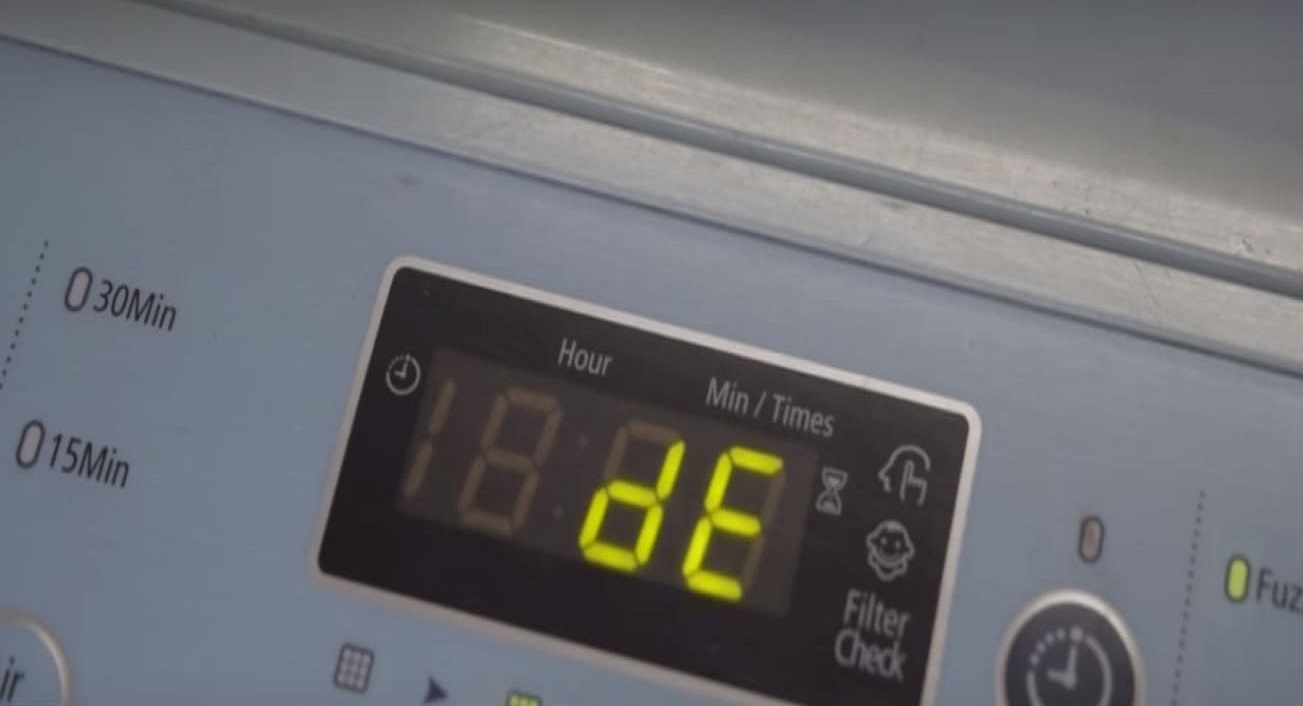
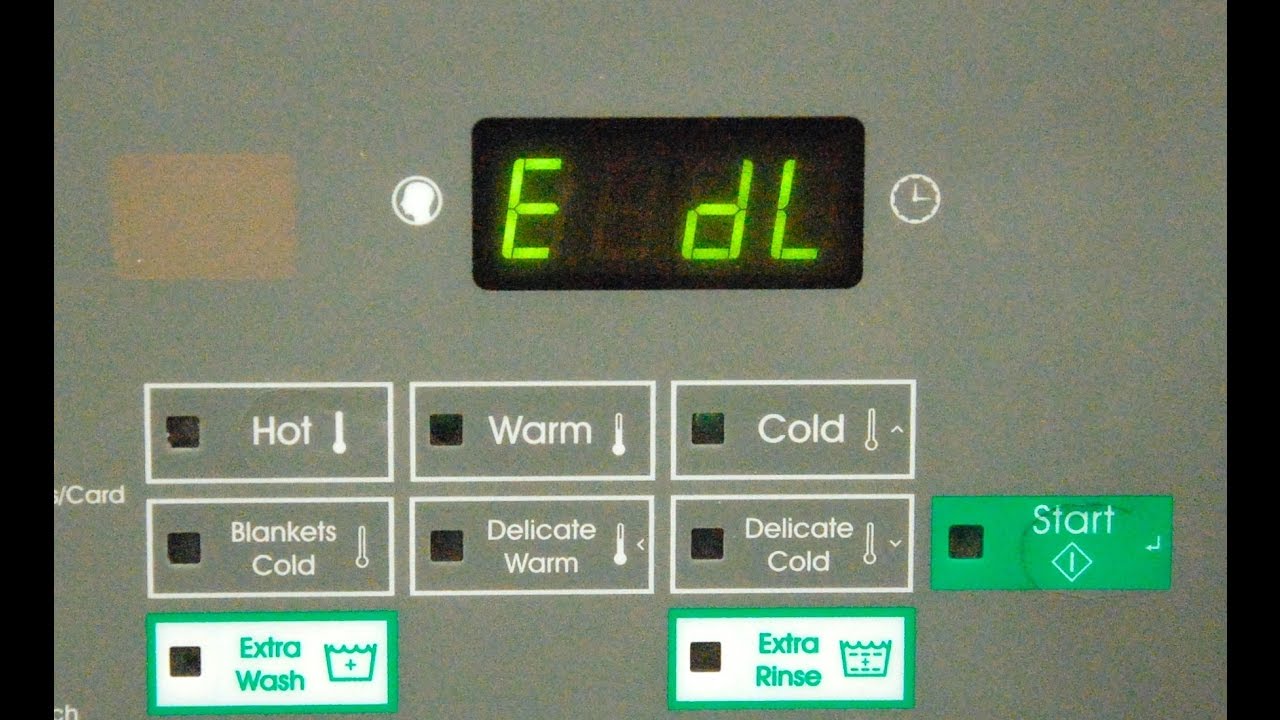
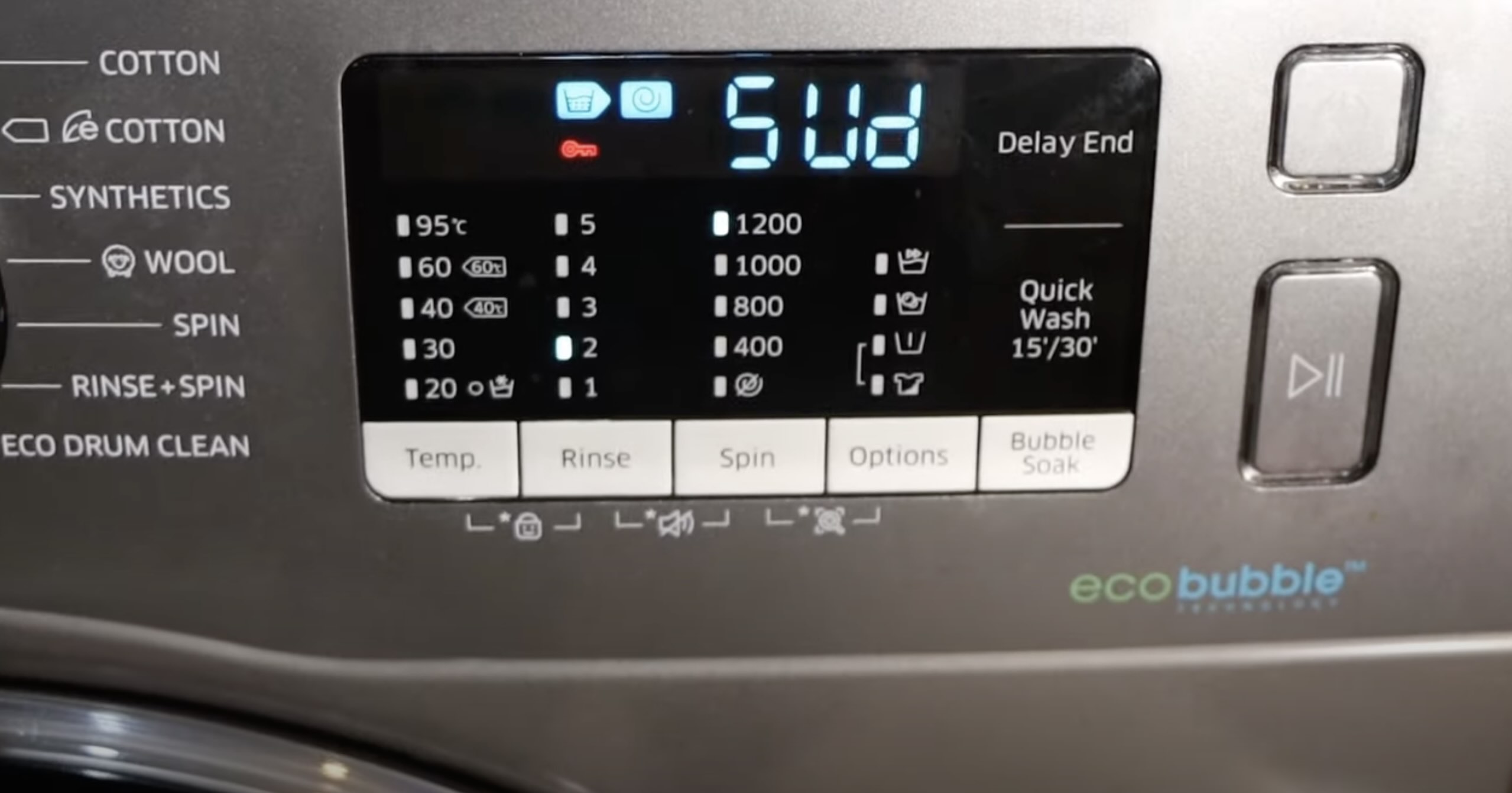
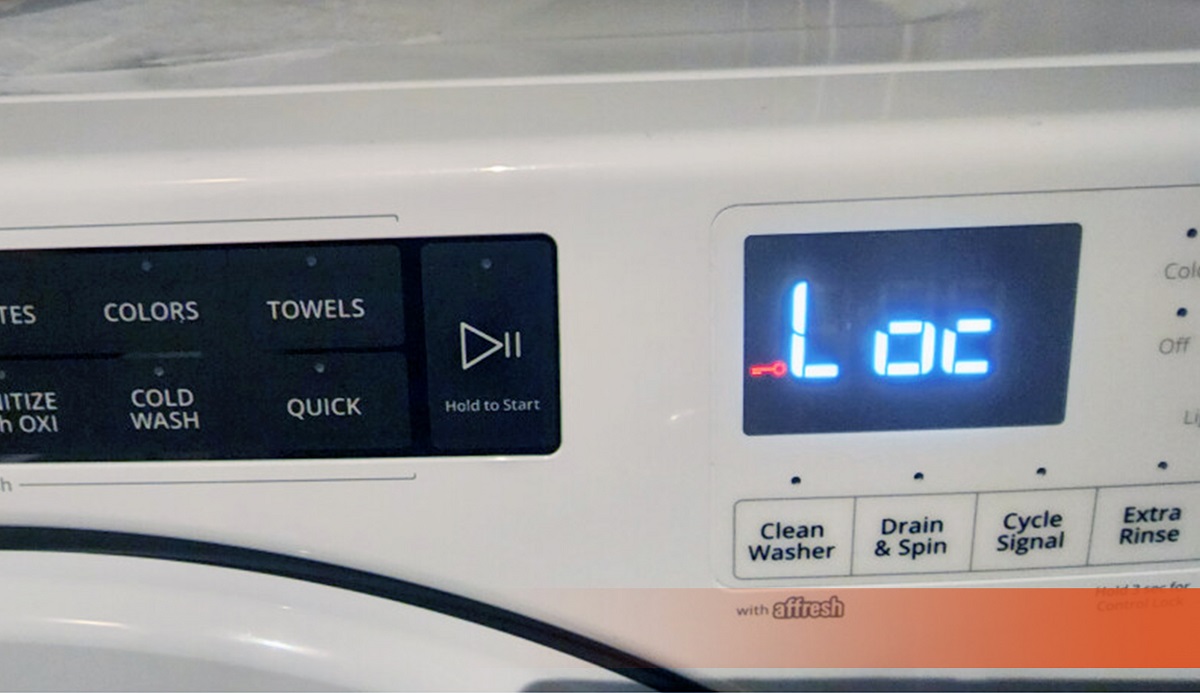
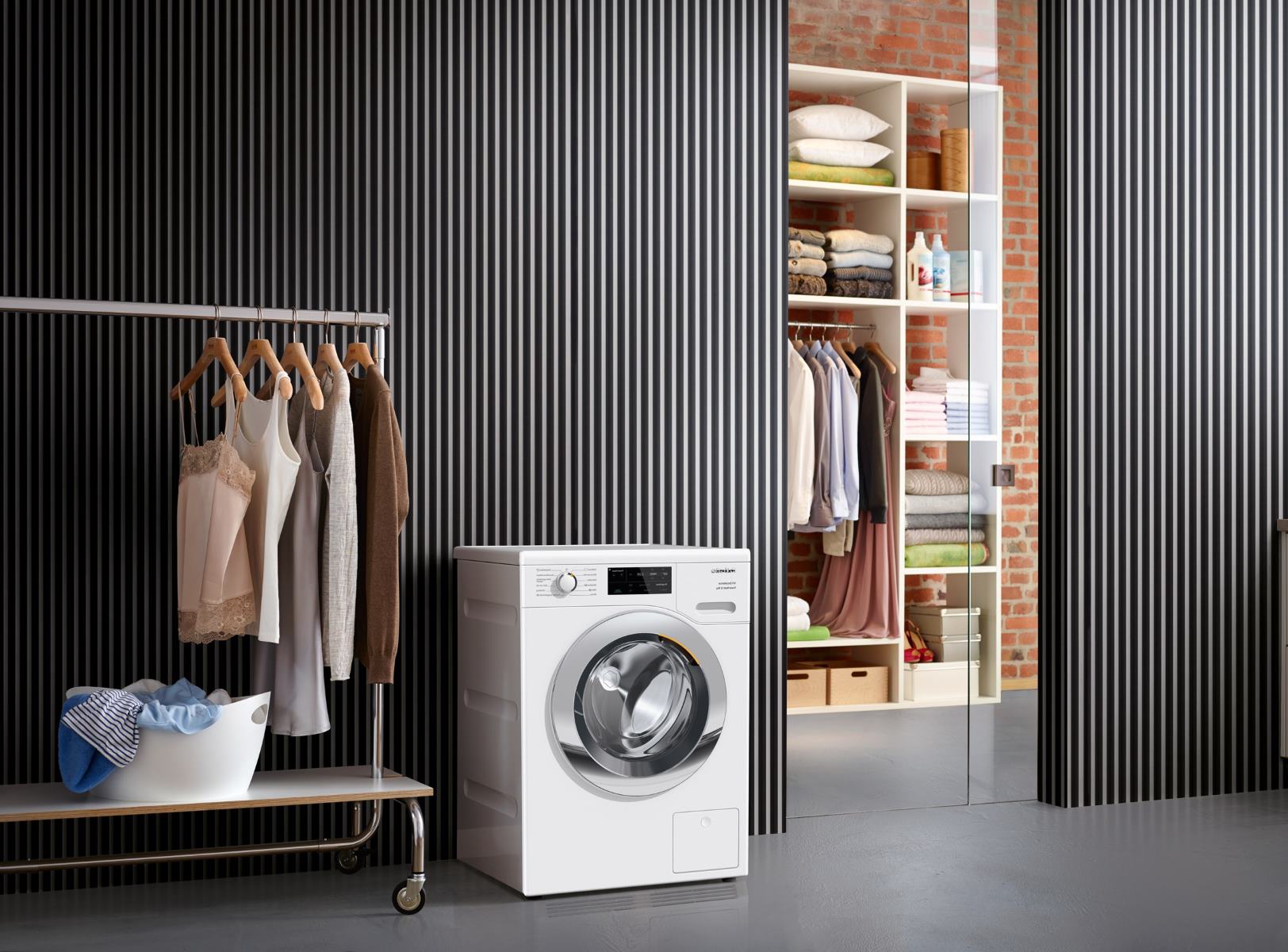
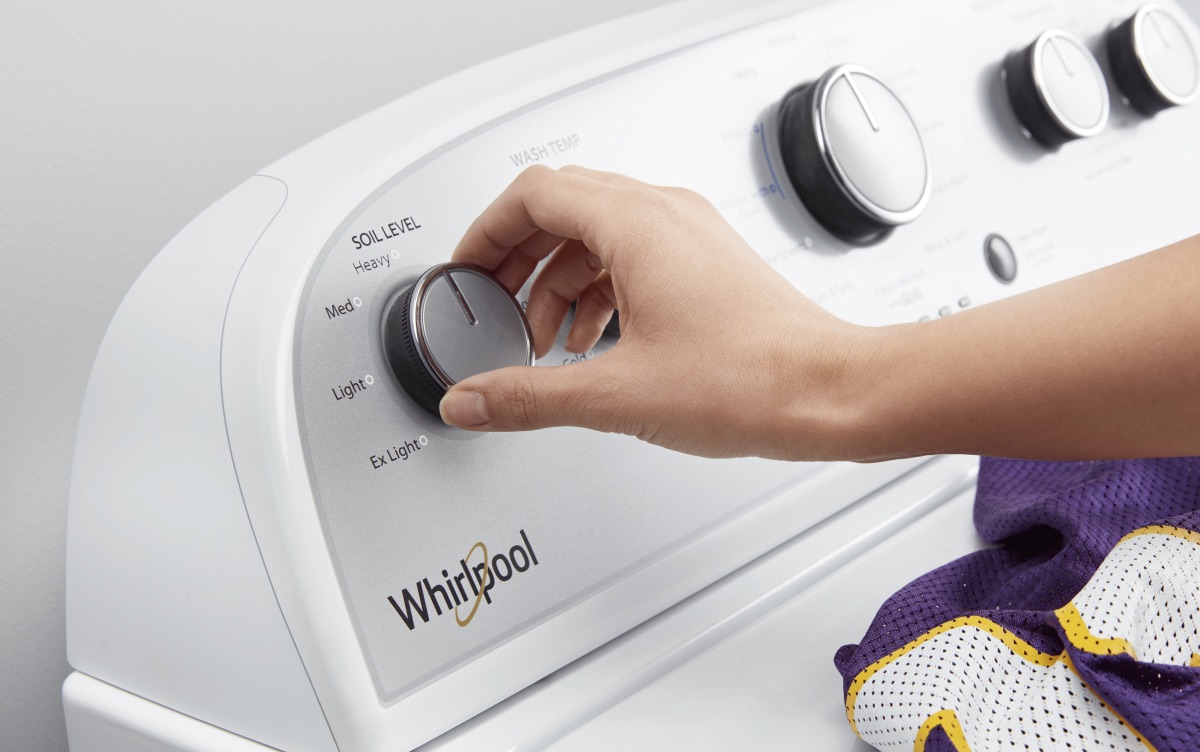
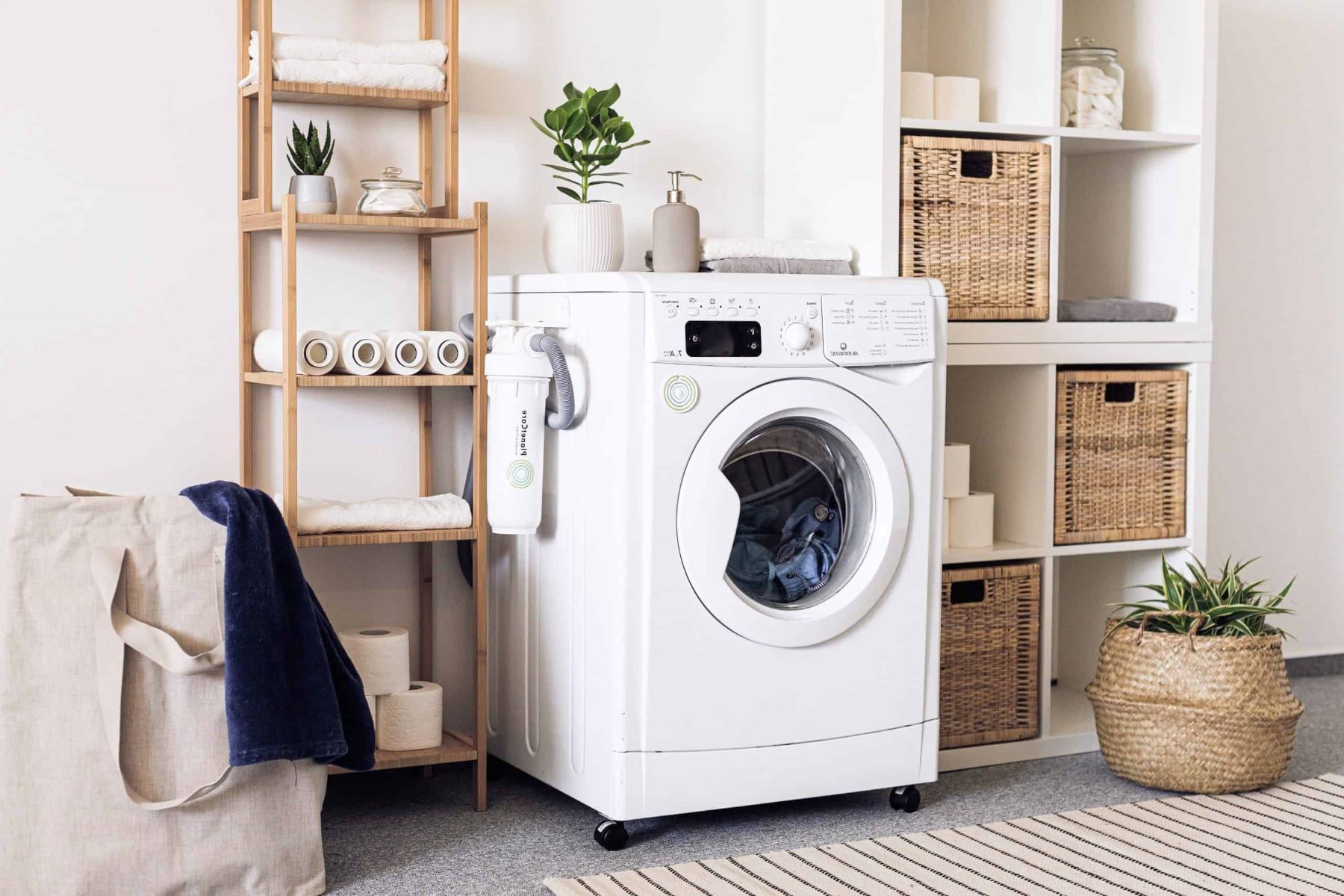
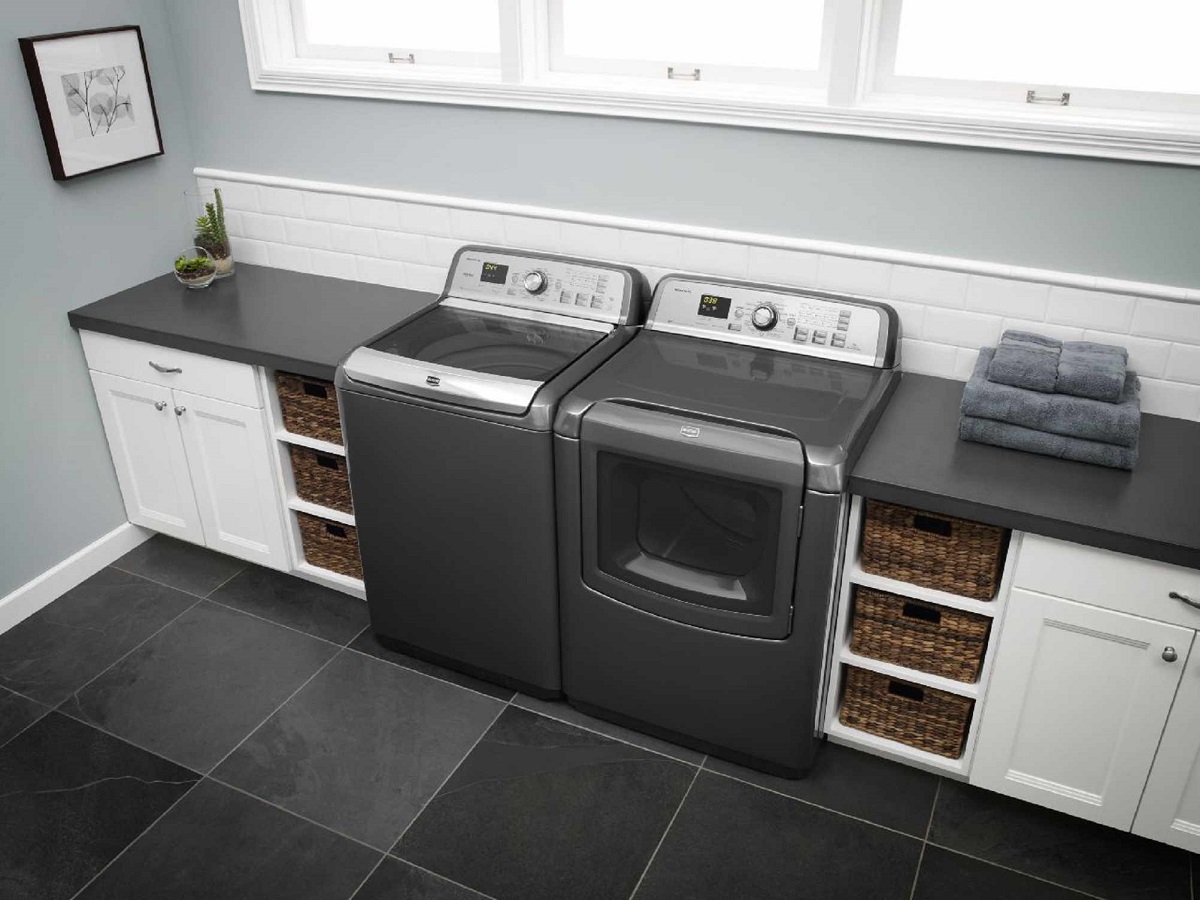
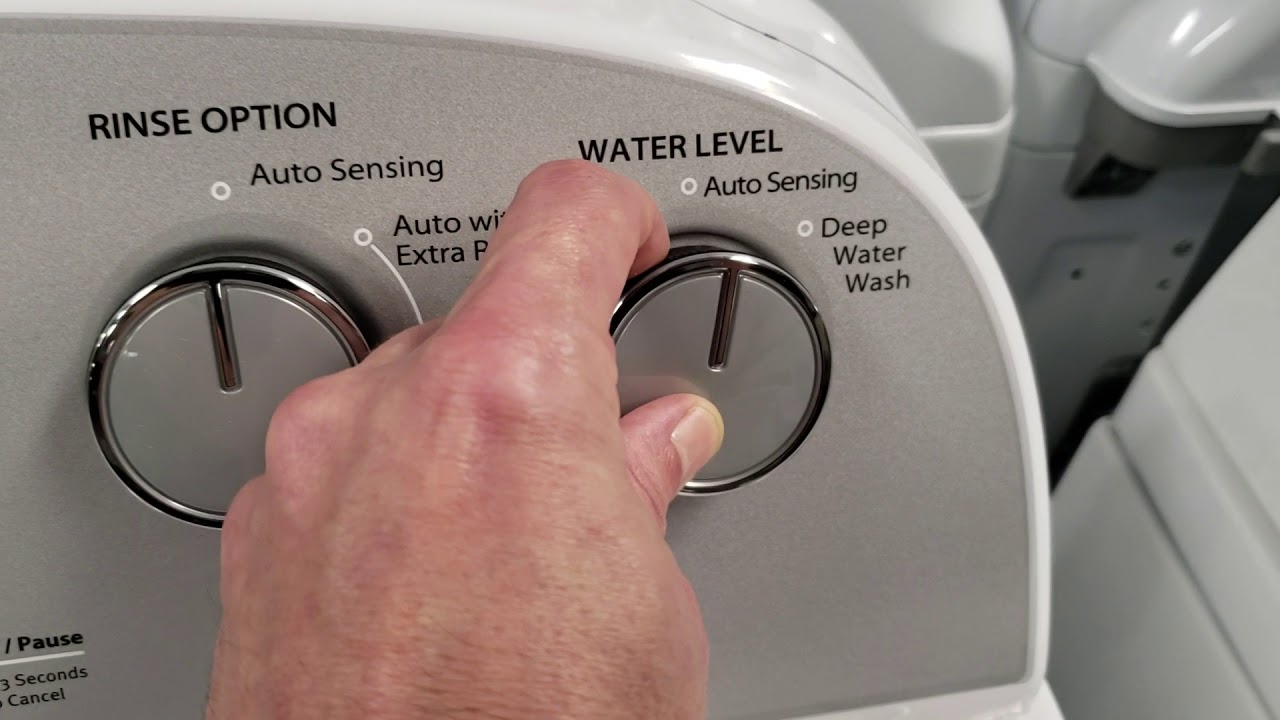
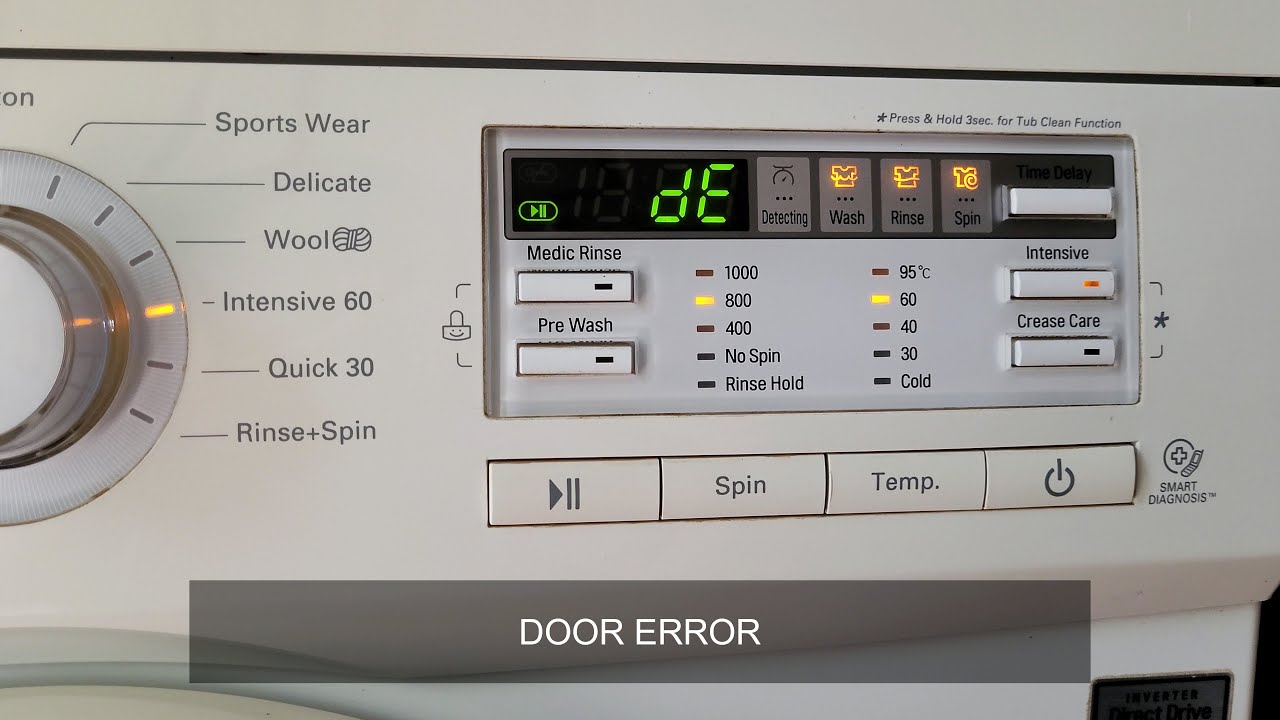
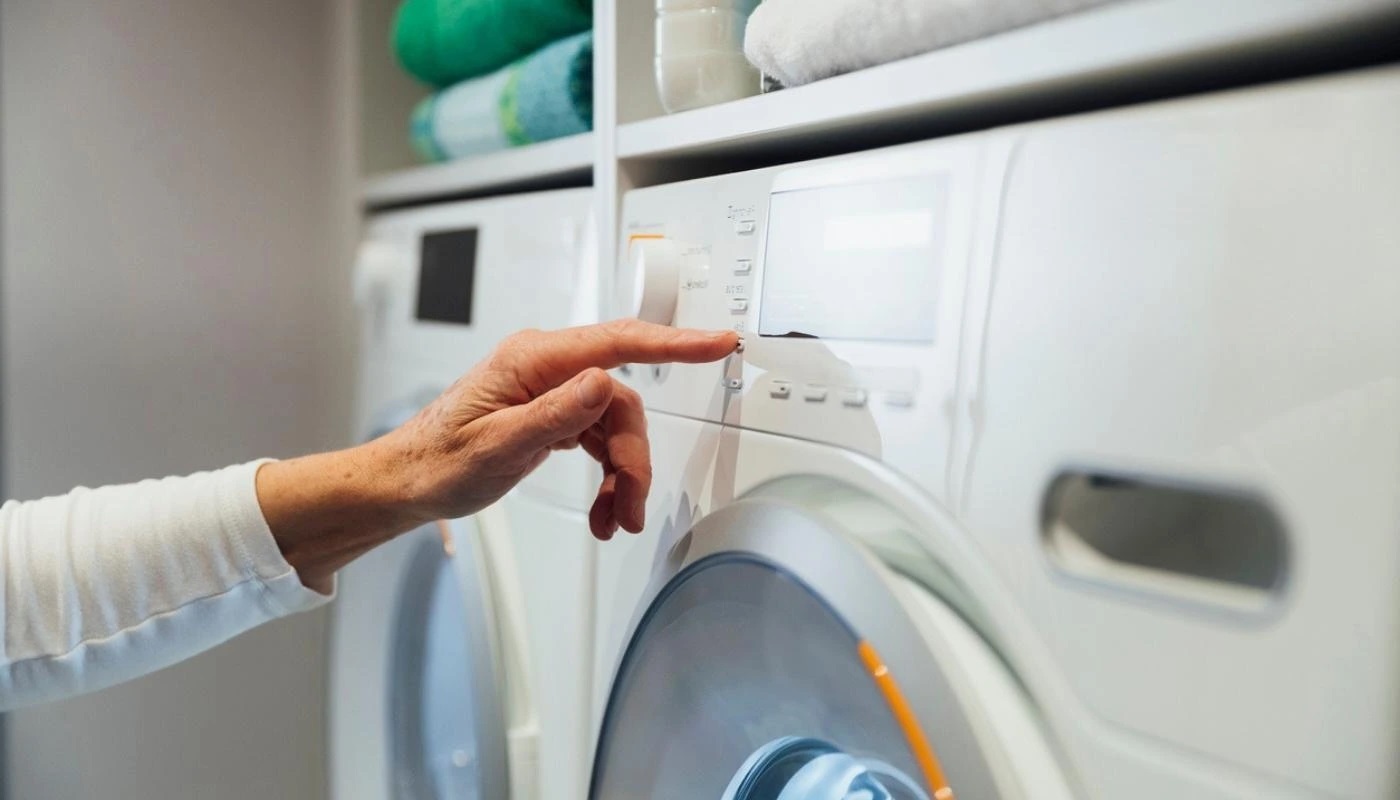
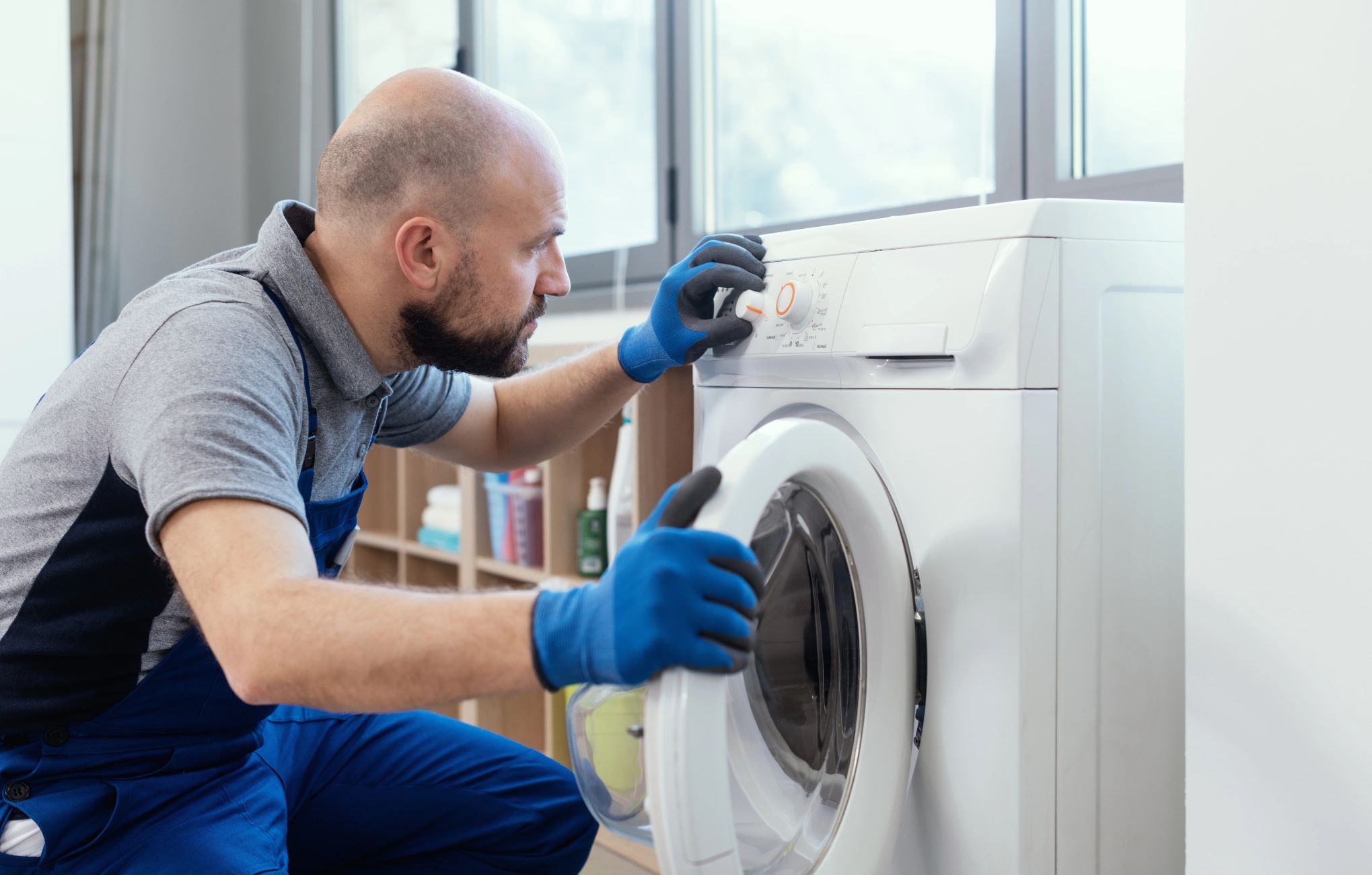
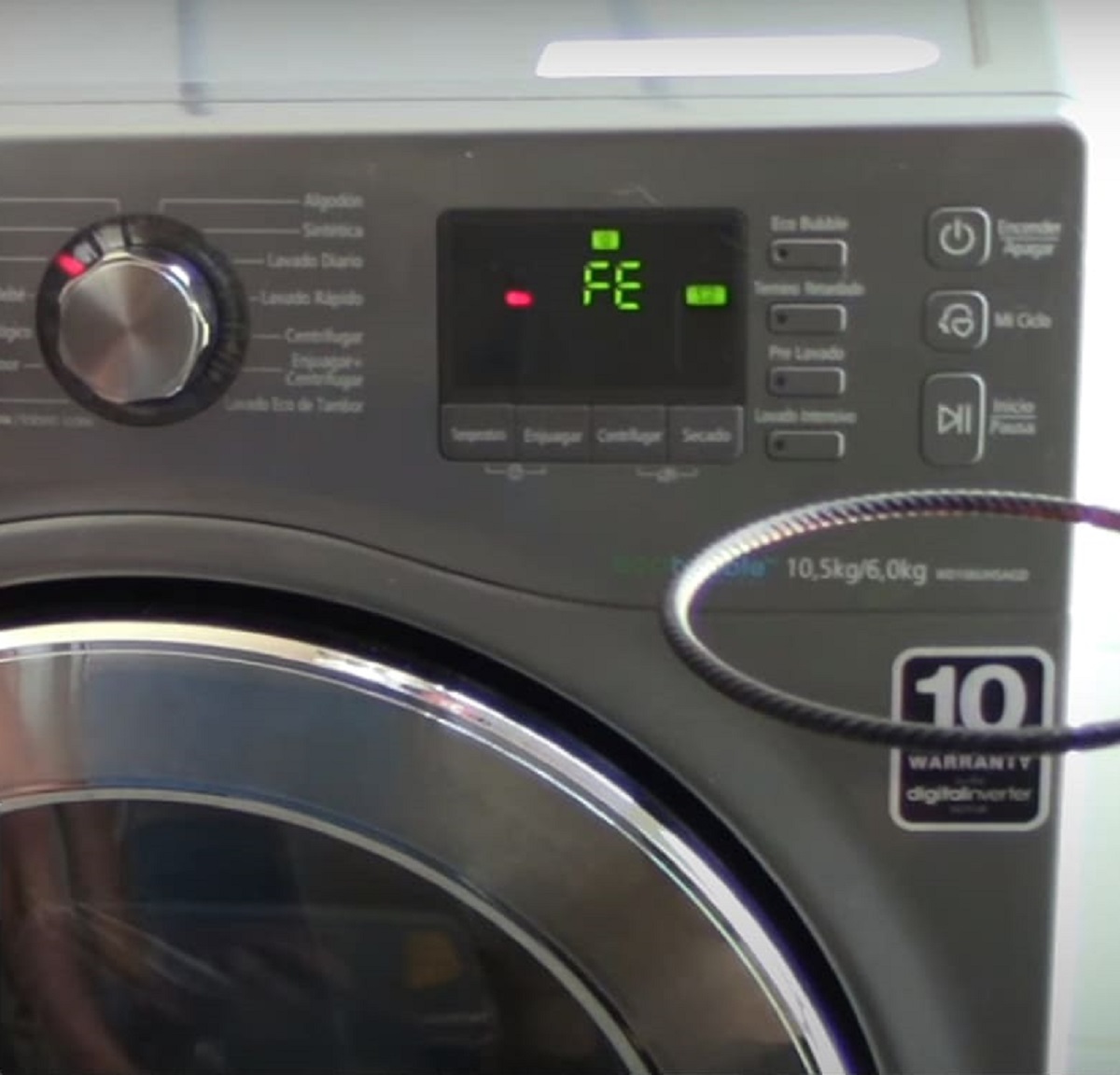

0 thoughts on “What Does Ie Mean On Washing Machine”